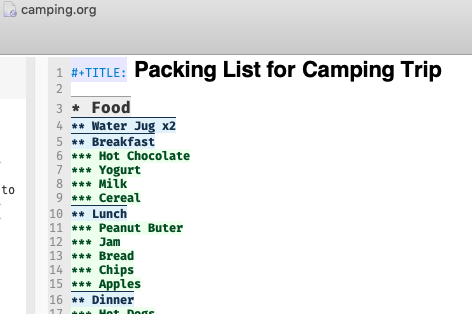

- #MAGIT FOR AQUAMACS INSTALL#
- #MAGIT FOR AQUAMACS SOFTWARE#
- #MAGIT FOR AQUAMACS PROFESSIONAL#
For example, try Alt+ x shell-command with sleep 9 & twice.
More than one “*Async Shell Command*” will be auto generated when running a second background process. Typically, XEmacs by default has lots more functionalities, and simply better ones. Better or extra packages: “vm” much better than rmail, cperl-mode much better than perl-mode, XEmacs has web browser w3 that is handy occasionally. #MAGIT FOR AQUAMACS INSTALL#
Even in 2007, Emacs 22 still does not (you'll have to install a external package on the web, by Tsuchiya Masatoshi).
When Alt+ x shell-command, XEmacs has path completion or command completion. (as of 2007, emacs 22 support it but user needs to turn it on by setting variables dired-recursive-copies and dired-recursive-deletes.) XEmacs's dired support copy and deletion of directories. For one example, when doing a “!” in dired, XEmacs provides tar or gzip suggestions depending on the file. The dired mode in XEmacs is much better than emacs's. When pressing the down arrow key at the end of buffer, emacs will keep inserting line returns. I can have syntax coloring in programing modes or dired. XEmacs supports colors while used in terminal. Here are some features or qualities in XEmacs not in GNU Emacs, from my personal experience in about 1998 to 2002 (1999 is roughly XEmacs 20.3). The XEmacs's w3 web browser has been officially retired in 2003 and emacs supports web browsing by a interface to a textual based web browser. (i stopped using emacs to read emails since 2002 or before) A non-dedicated web browser today is of little use than a decade ago. Reading plain-text emails in a local email client becomes far less important than 10 years ago. Pressing down arrow at end of a file no longer insert returns. (For example, Emacs support syntax coloring thru telnet/ssh. And, all the major features that caused me to switch to XEmacs has been fixed. Emacs 21 (or the beta version of Emacs 22 at the time on the Mac) supports Unicode by default and works practically well. The primary cause is that i needed Unicode support to type Chinese and math symbols. In about 2004, i took another look and switch back to Emacs. XEmacs actually has a build-in web browser written in elisp Another example: At the time around 1997, web isīooming. Reader VM, which is far more usable than Emacs's ancient Another example: XEmacs is bundled with a email ForĮxample, one of the major problem in emacs is that when you press theĭown arrow key at the end of a file, it will actually insert line Time, is quite more user friendly, and has many features not in emacs. #MAGIT FOR AQUAMACS SOFTWARE#
Time, my job is to developing web application software and do unix sysĪdmin work, primarily thru telnet/ssh on remote unix servers, and iĬonsider syntax coloring absolutely necessary. The primary one is thatĮmacs lacks support of syntax coloring when used thru telnet. In 1998 or 1999, i switch to XEmacs because Emacs lacks criticalįeatures for my software development needs. I use Emacs daily for perhaps more than 8 hours every single day since and still do so today.
#MAGIT FOR AQUAMACS PROFESSIONAL#
I started using Emacs since 1998 in professional software development settings. For 2 years, 1991 to 1992, i worked as a secretary and typist. I'm a QWERTY touch-typist since about 1988. This page is a summary account of my experience with Emacs vs XEmacs.





 0 kommentar(er)
0 kommentar(er)
